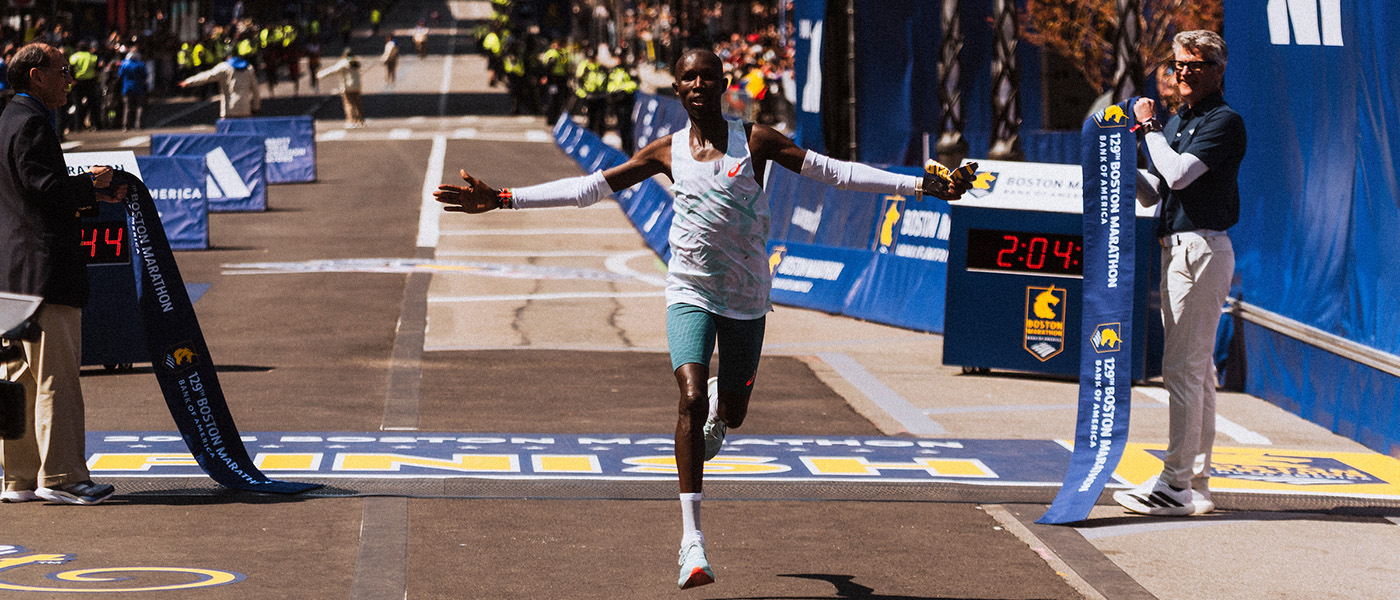
If you’re signed up for this spring’s Abbott World Marathon Majors Global Marathon, like me, then you’ve got a big month ahead—you’ll be logging lots of miles, developing your resistance to fatigue and starting to plot out your race course and strategy (if you haven’t already). It will be our very own “March Madness!”
One key workout for you to focus on this month will be the Marathon Simulation Run (MSR), which I like to give all of the athletes I coach during their marathon training. This workout is designed to simulate the type of fatigue you’ll experience during the race itself.
It teaches you how to run at marathon pace when you’re tired and have already spent a lot of time on your feet. It allows you to practice pushing through that fatigue, as you’ll have to do on race day, and shows you how to pace yourself properly—and patiently—over the course of a long run. Because, trust me, the last thing you want to do is go out too hard and then hit a wall halfway through.
Here’s how to do it: Run 6 to 10 miles at an easy aerobic pace (about 45 to 60 seconds slower per mile than your goal marathon race pace, or GMRP), and then kick it up a notch and run 2 to 8 miles right at your GMRP.
In the training plans I’ve created for Global Marathon, you’ll start to see MSRs pop up in week six, and they’ll make a few more appearances before you begin tapering. These workouts are a great way to figure out how to manage the fatigue of a marathon race, without completely breaking your body down in the process.
And speaking of your race… let’s talk strategy. The first thing to consider, since this is a virtual marathon, is your route. Do you know where you’re going to run those 26.2 miles? There are many factors to consider when designing your course: hills vs. flat, loops vs. point-to-point, local vs. somewhere new and so on.
I’ve started thinking about what characteristics my course will encompass, and this is what I’ve drafted so far—it will be at a lower altitude (4,500’ or 1,500m), it will be flat-ish (well, as flat as possible, given that I live in the Sierra Nevada Mountains!), and it will start a short 30-minute drive from my house. Convenience is key for me. The great thing about designing your own course and keeping it local is that you get the opportunity to practice running on the route several times before race day.
Having personal experience on and knowledge of the course allows you to be better at governing your energy expenditure during the early miles of the race. This is why many Olympic marathoners like to preview the Olympic Marathon course before training begins—so they can structure their training toward the specific course (emulating the hills, turns and sometimes environmental factors, as well).
Another thing to consider at this point in training is your hydration strategy. It’s a great idea to practice refueling with the sports drink of your choice during your long training runs, so your stomach can get used to the specific type of sugar (and concentration) it contains.
Typically, in a major marathon, the hydration tables/aid stations are spaced 1 to 2 miles apart, and while it's convenient for the runners and helps disperse the number of participants at each station, you don't actually need to consume fluids that frequently while you run. My rule of thumb for a long training run or marathon is to drink 4 to 6 ounces (113-170ml) of fluid (a sports drink that contains sugar and electrolytes) every 20 to 25 minutes.
The more you practice this now, the more dialed in it will be by race day.
Feel free to reach out on Instagram or Twitter, if you have any running- or strategy-related questions. Best of luck this month—and have fun with the madness!
Coach Kastor
Other news

Episode 82: Marathon Talk Christmas Special | Tell Us Your Running Confessions

Defending champions head back to Boston



